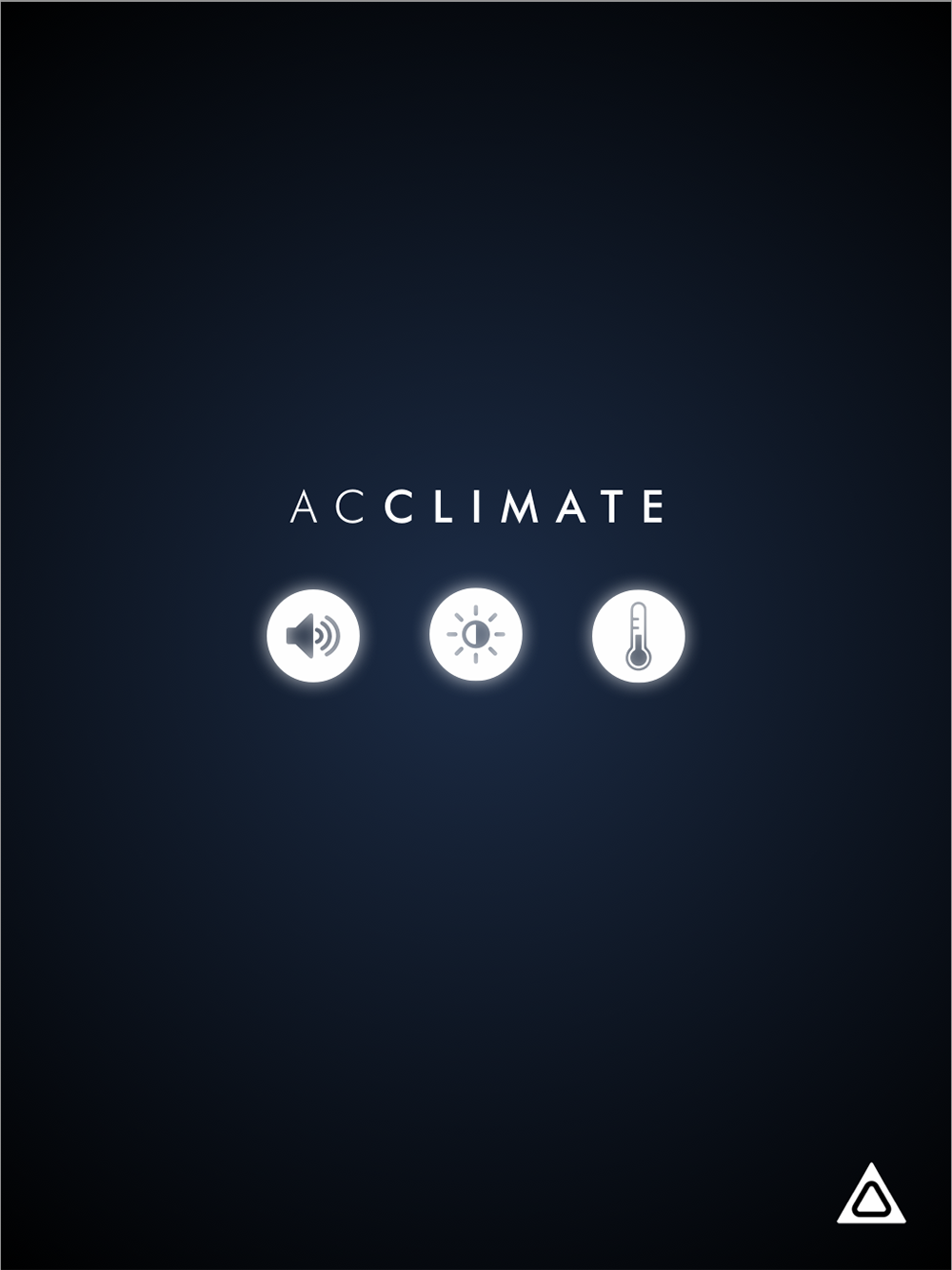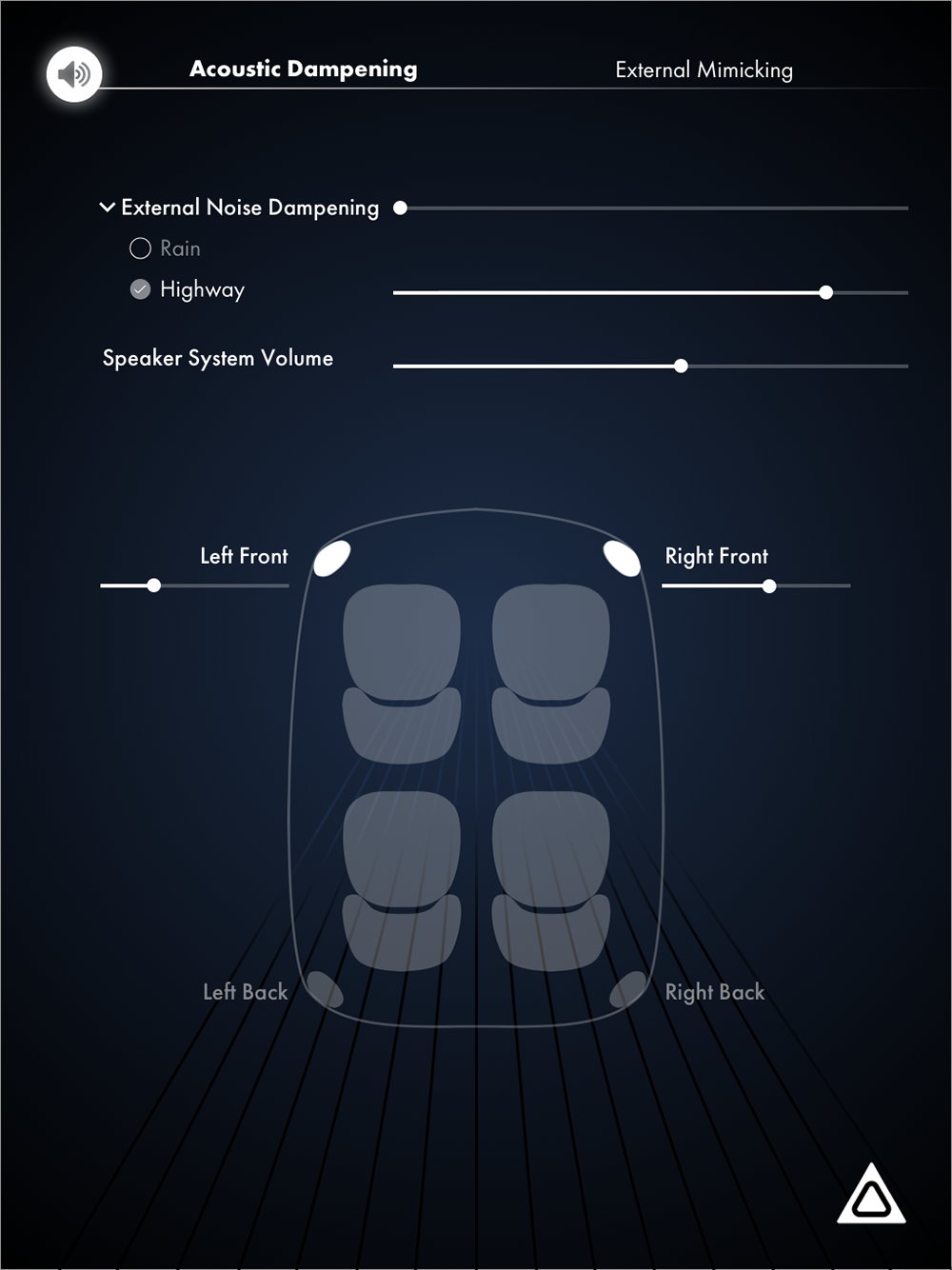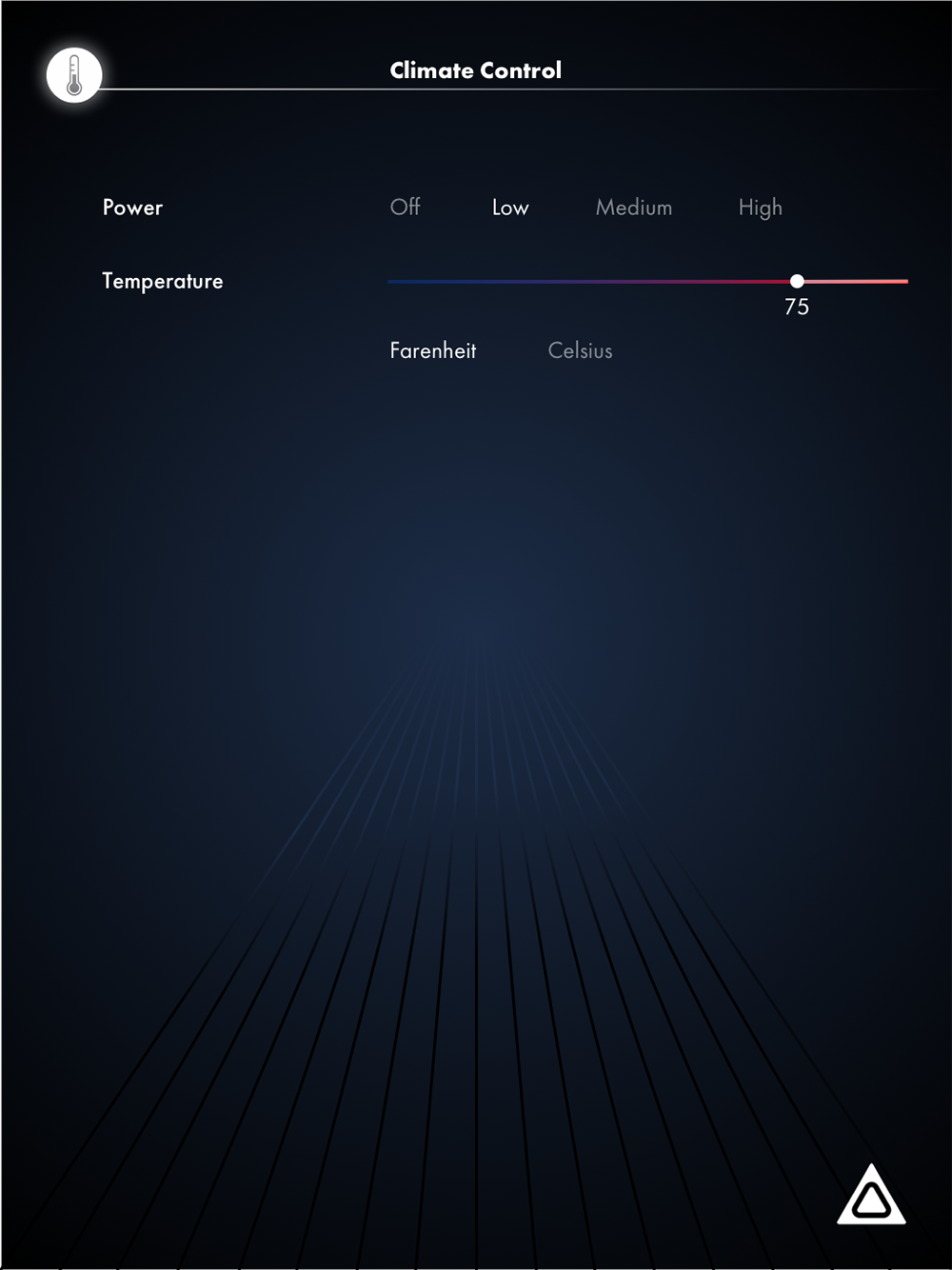In-vehicle System, UX Design
The Third Space
My partner and I designed activities to research transportation habits and work environments and develop an in-vehicle system. The system manipulates internal and external environmental factors to create an ideal work and travel space.
- Role
- UX Designer, Design Researcher
- Client
- Fiat Chrysler Automobiles
- Contributors
- Asher Blackburn
- Year
- 2019
- Duration
- 4 months
In this sponsored client project, me and my partner were prompted with the concept of a “third space” away from work and home. The goal was to explore this alternate space through the creation of our own product concept, while keeping in mind the context of transportation.
Problem
Can we control nature?
In the age of workaholics, people are spending increasing amounts of time in the office. Companies are moving away from traditional cubicles to more creative work spaces — one direction is incorporating nature. Modern workers enjoy nature in their work environments, but they also value customizability and comfort. How do we design a space with nature that allows user control?
Solution
Manipulating artificial and natural
ACCLIMATE is a smart in-vehicle system. Using information from the external environment, it combines natural and artificial conditions to create a custom setting. The system also allows users to manually adjust sound, lighting, and climate within the vehicle. It serves as a portable space adaptable for work and transportation.
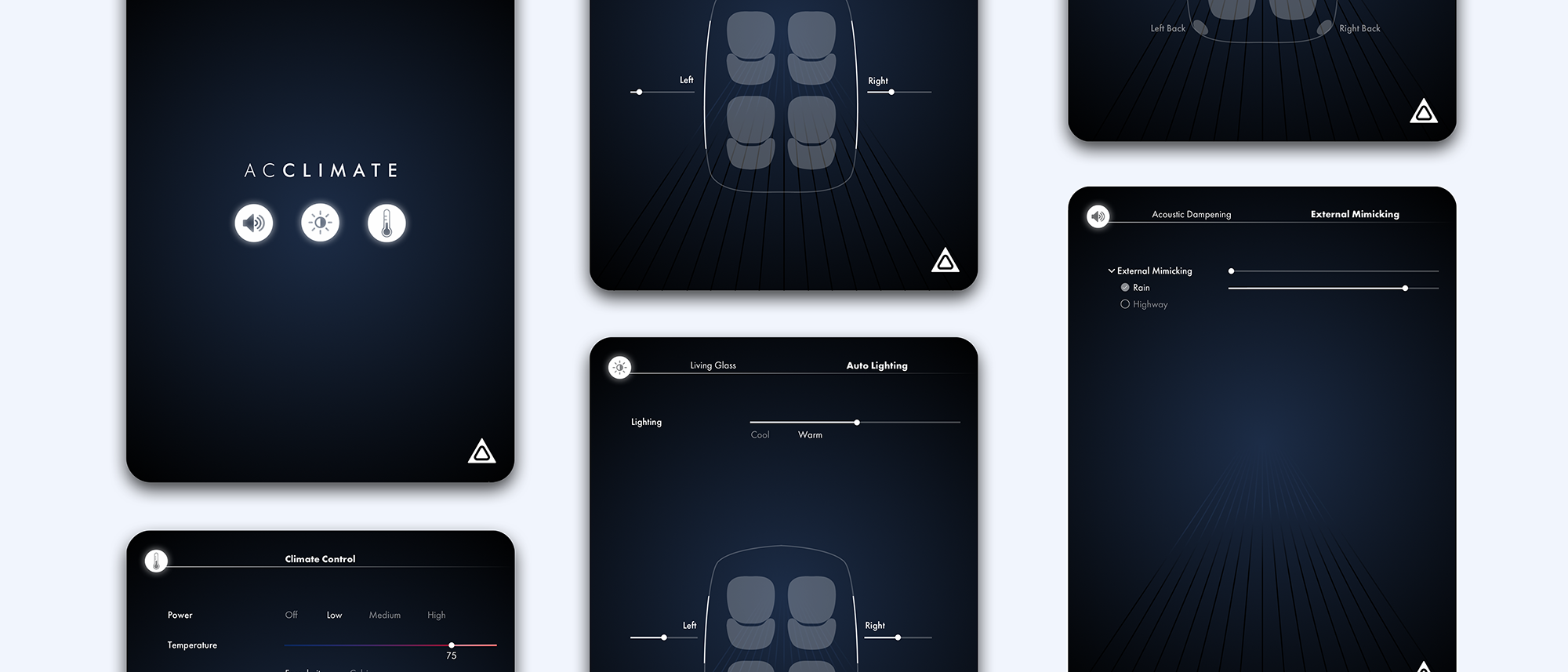
Exploring the prompt
Our initial direction was guided by literature reviews on work, transportation, and lifestyle trend articles as well as drawing and ideating exercises. We narrowed down on the topic of changing work environments.

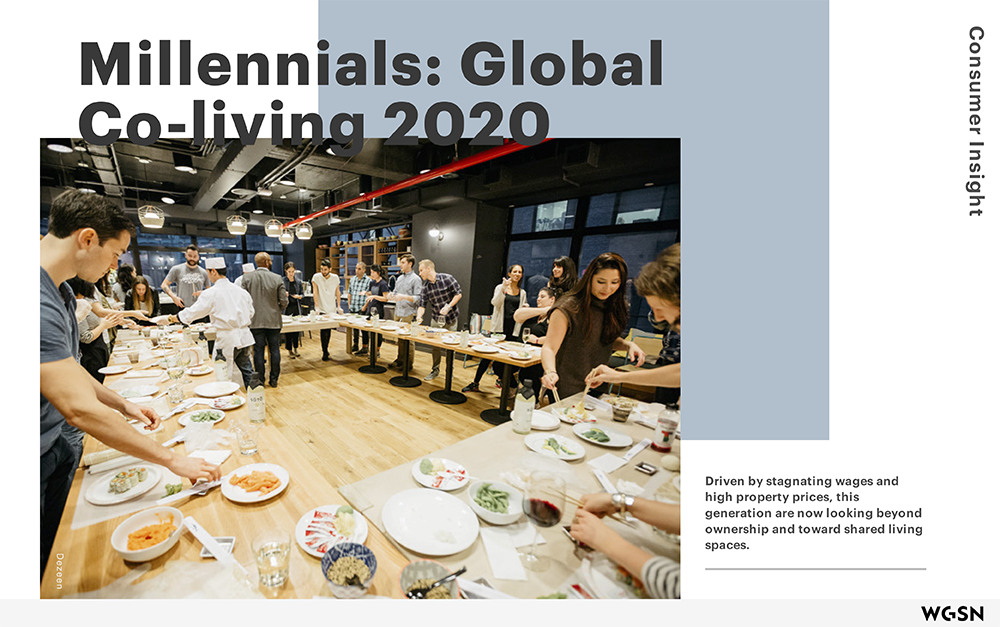
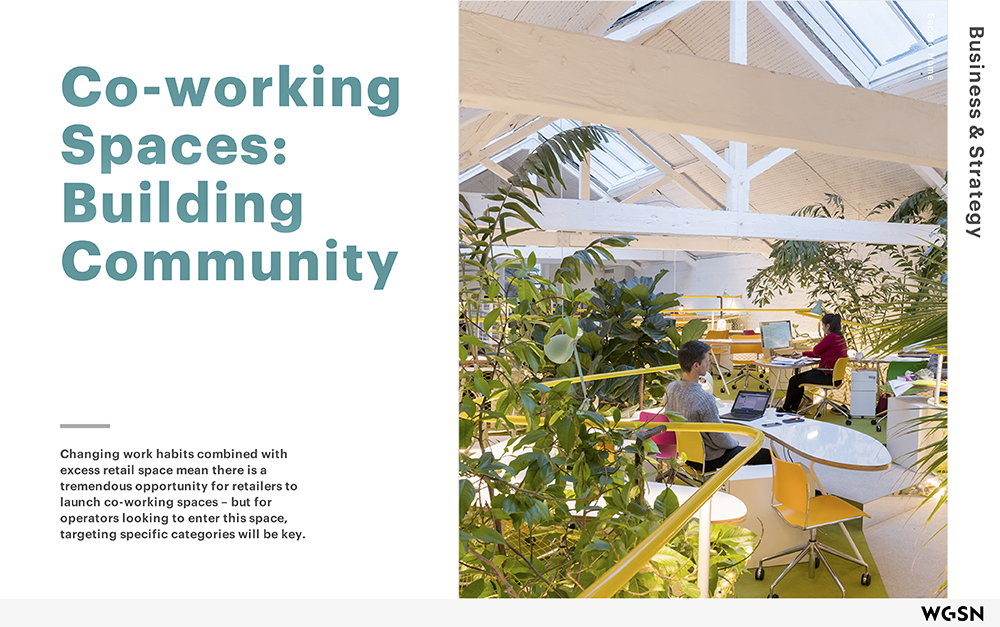

Work environment and transportation survey
To begin understanding our audience, we created a survey to characterize individuals’ ideal work environments and transportation habits.

Individual interviews and activities
We wanted to further investigate individuals’ preferences. For the next phase, we designed a set of digital activities and interviewed participants as they completed them.

In-person generative activity
We wanted to conduct more hands-on and direct research. This two-part activity aimed to identify what factors affect comfortable work spaces and social spaces.
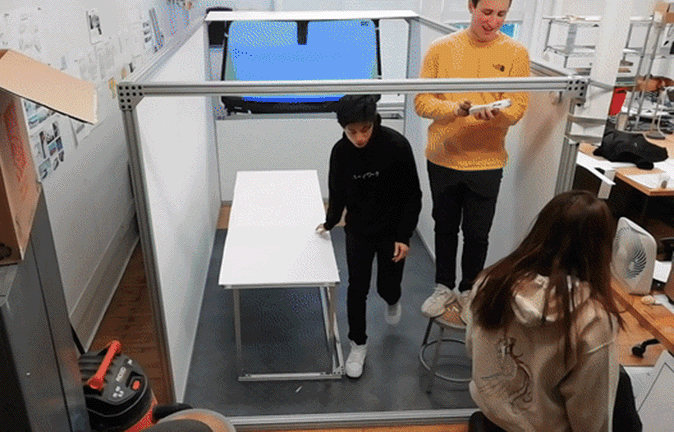

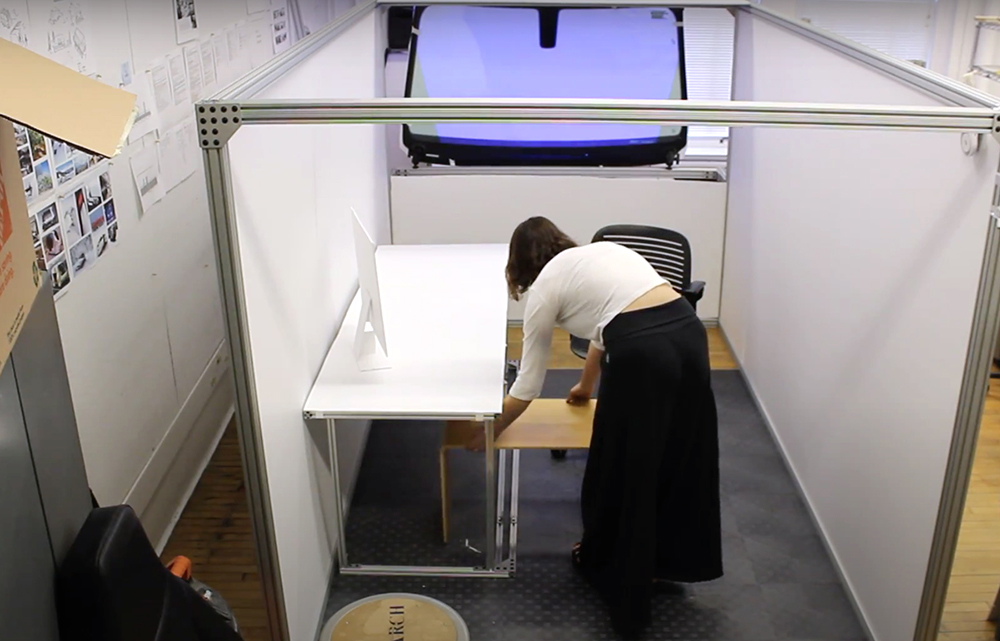

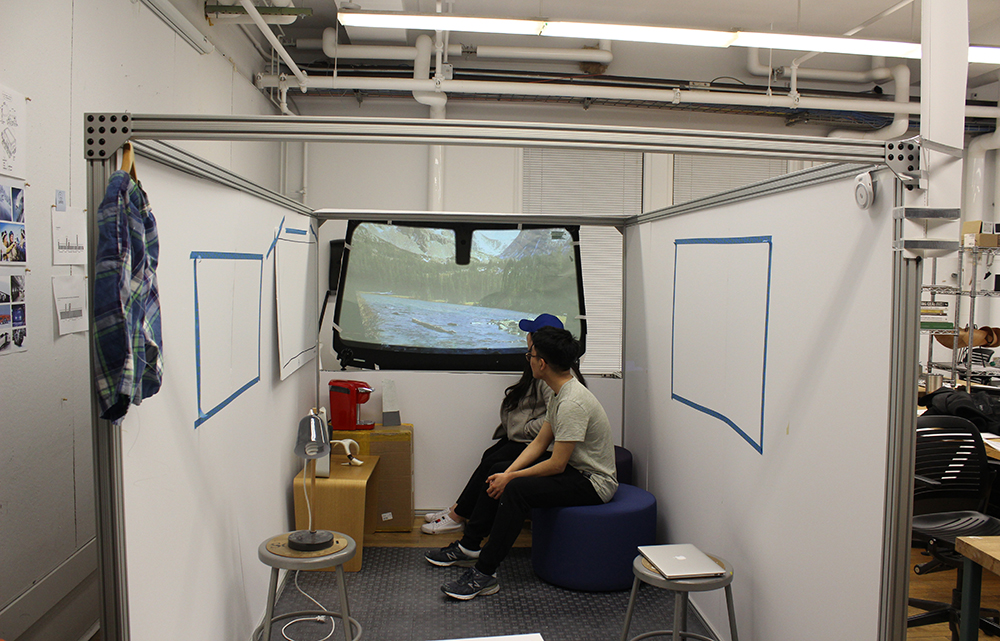
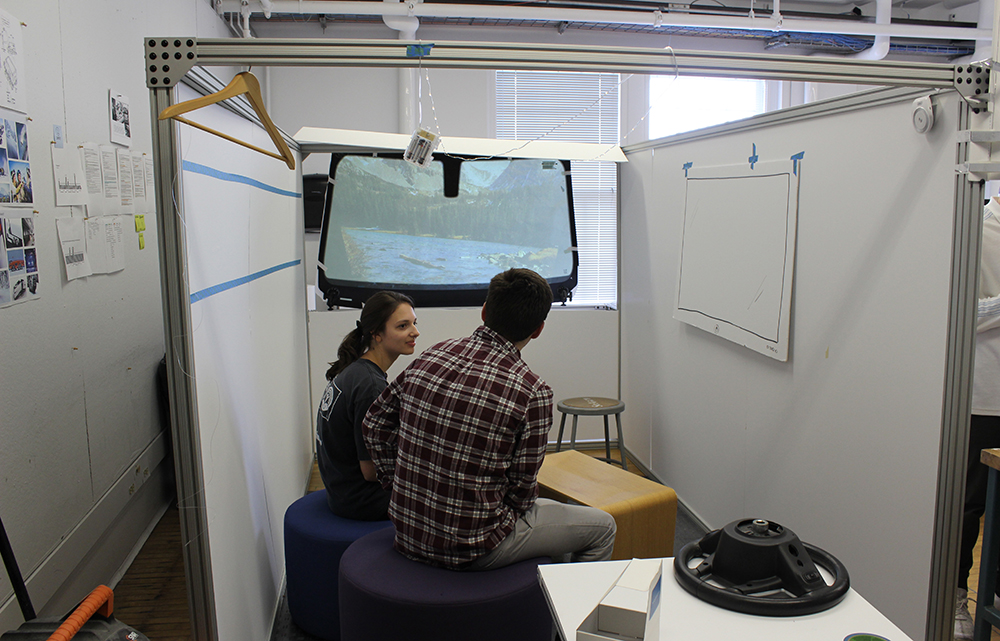
Informing our concept
After both activities, we asked participants a set of questions prompting them to reflect on the various environments. We organized our findings into what people said they wanted and what people showed they prioritized.
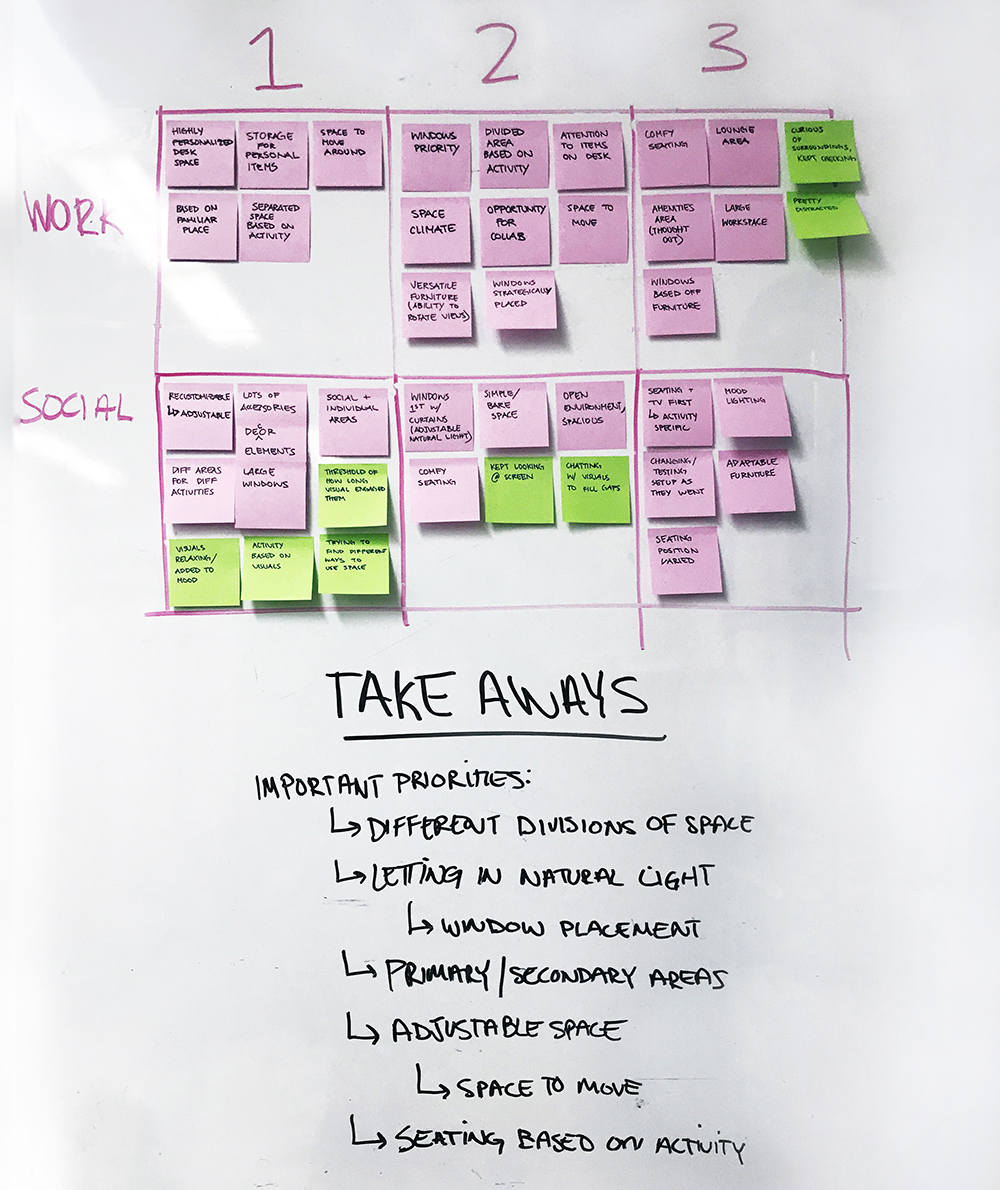
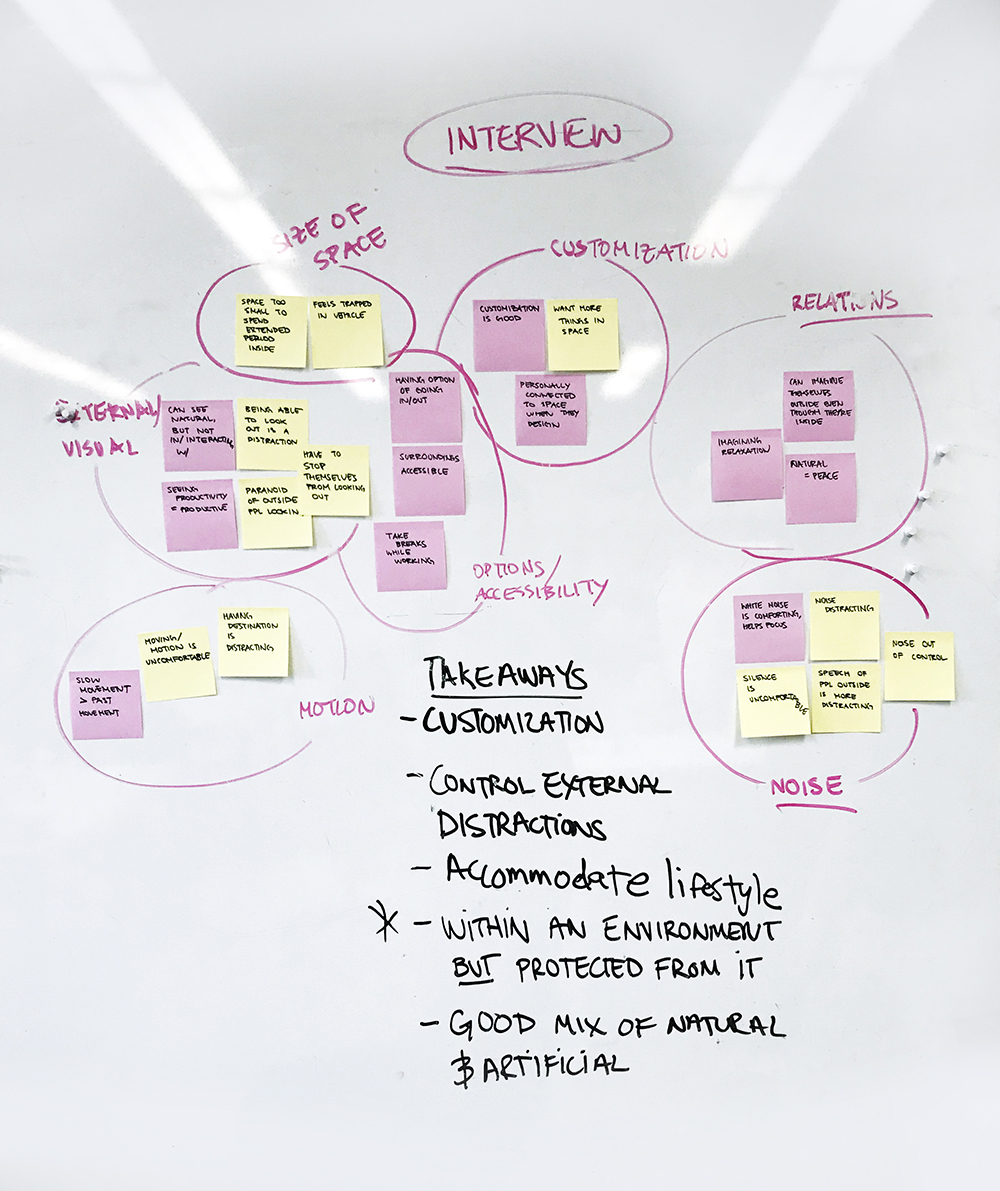
Altering sound, lighting, and climate
The ACCLIMATE system focuses on three characteristics of the environment: sound, lighting, and climate. Using a variety of mechanics and technology, it combines and manipulates external and internal conditions.
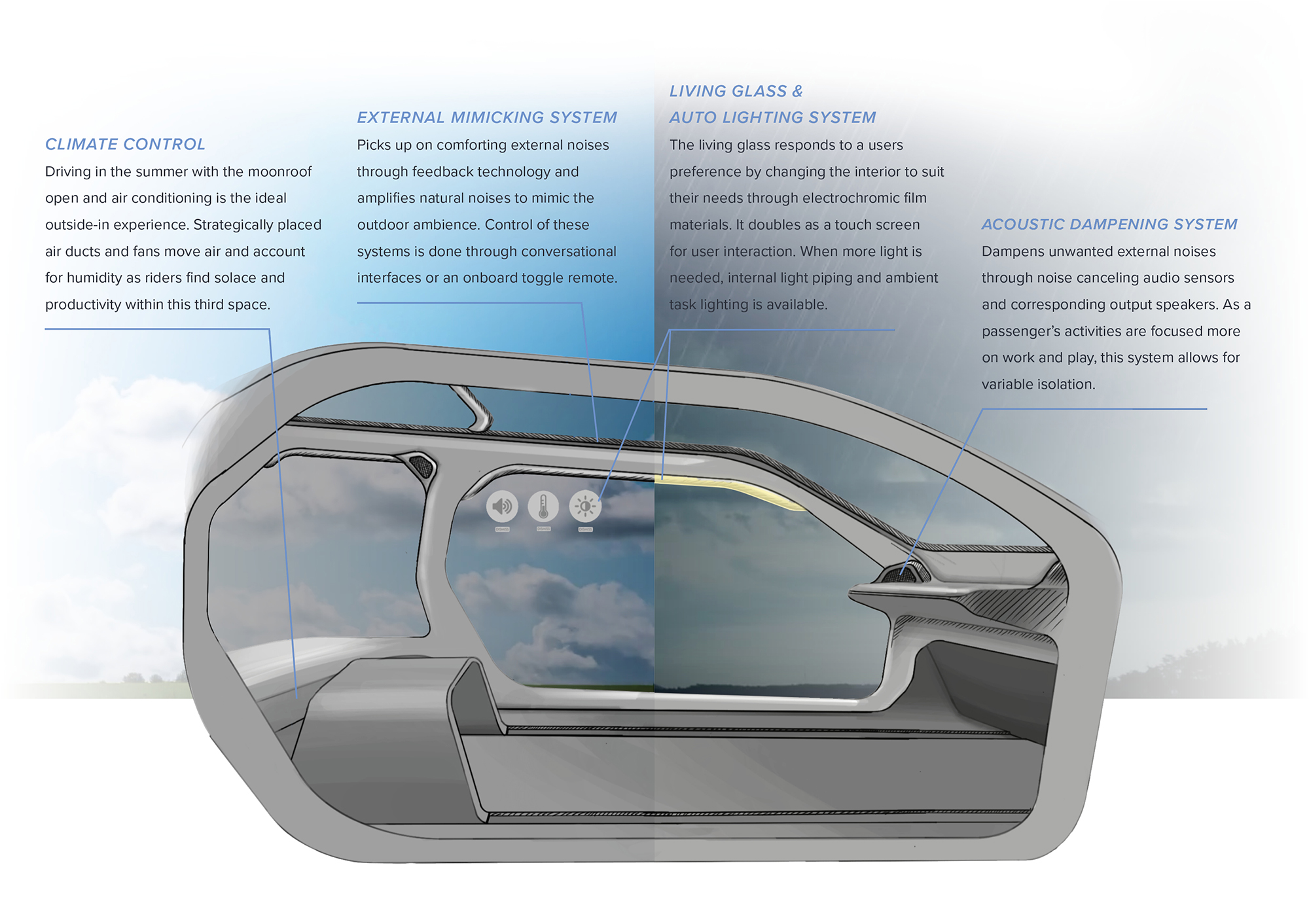
It incorporates a full vehicle system with automated functions as well as an interface for users to manually adjust sound, lighting, and climate settings.
